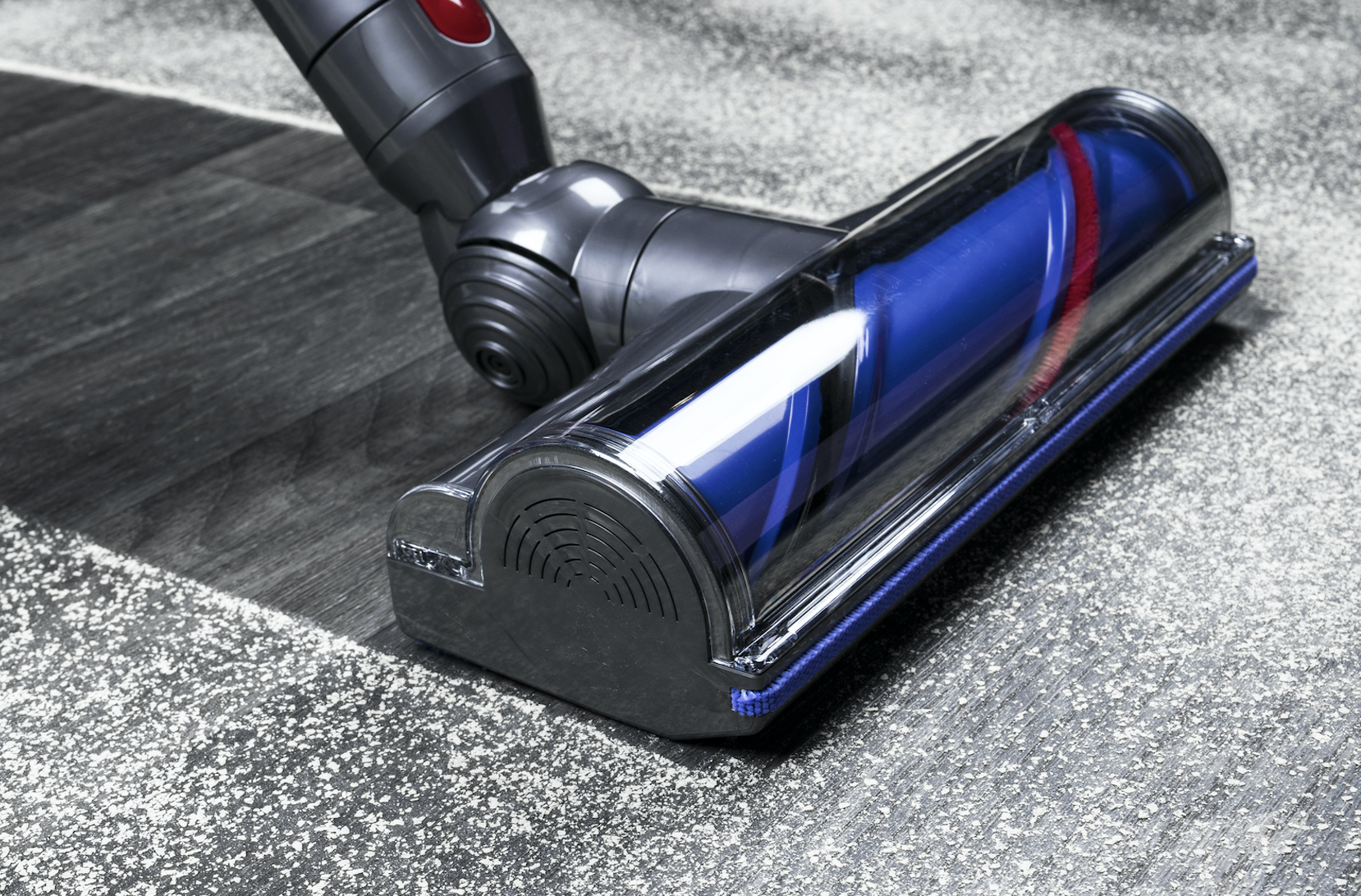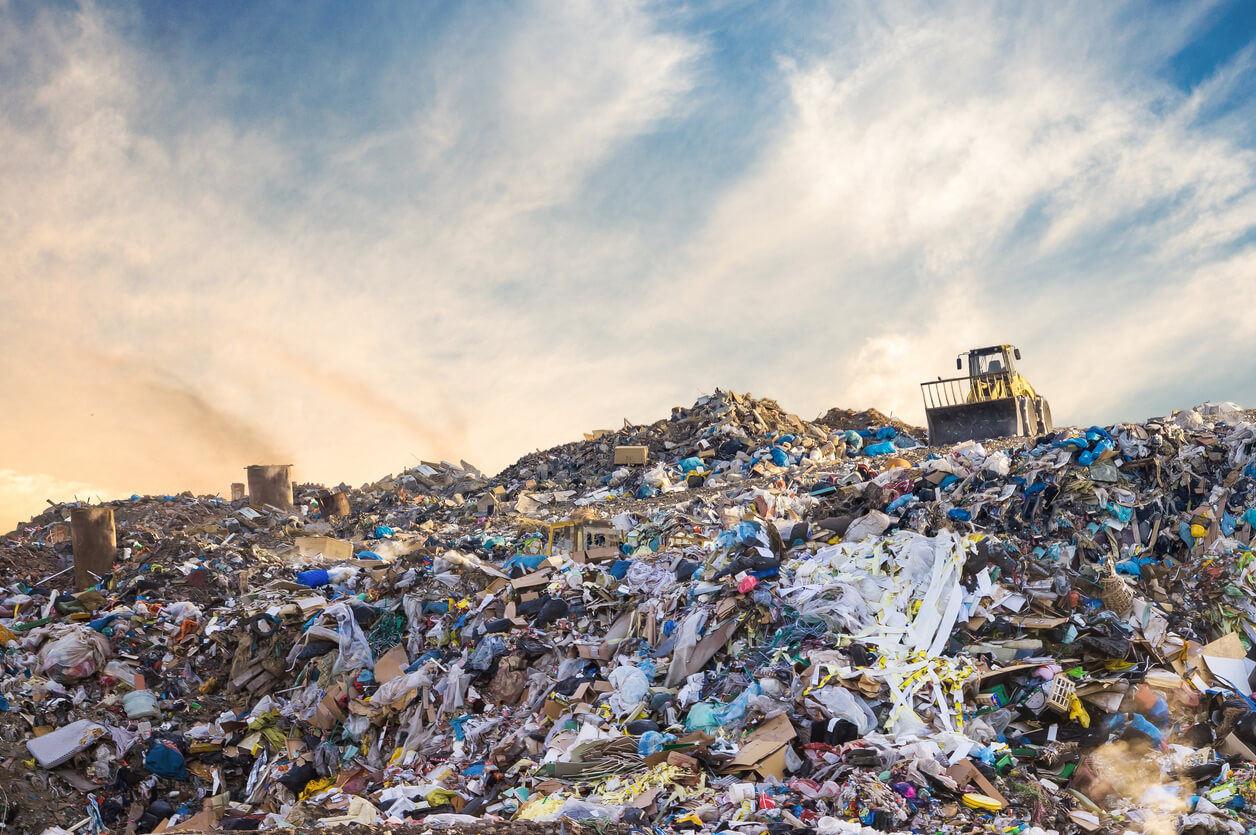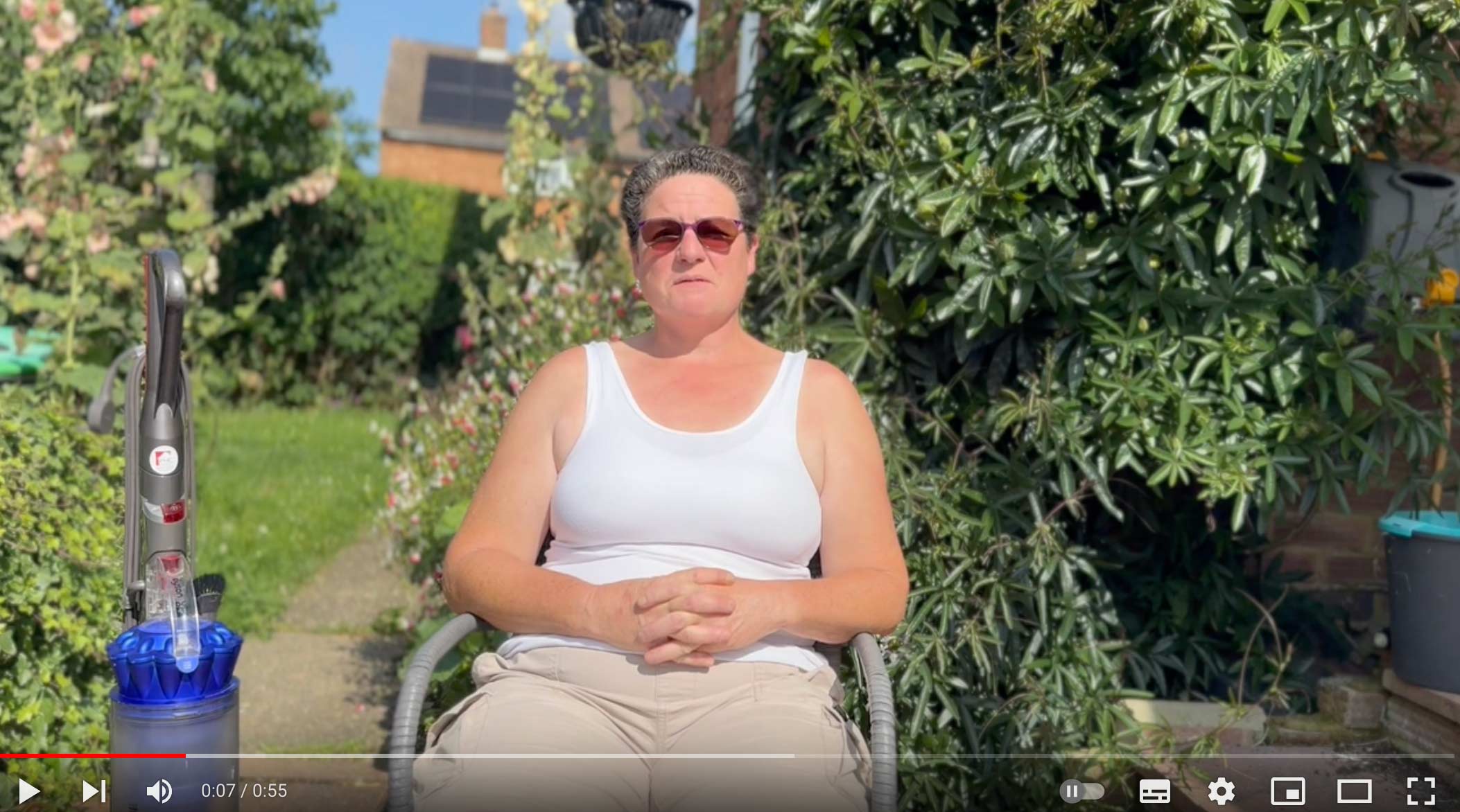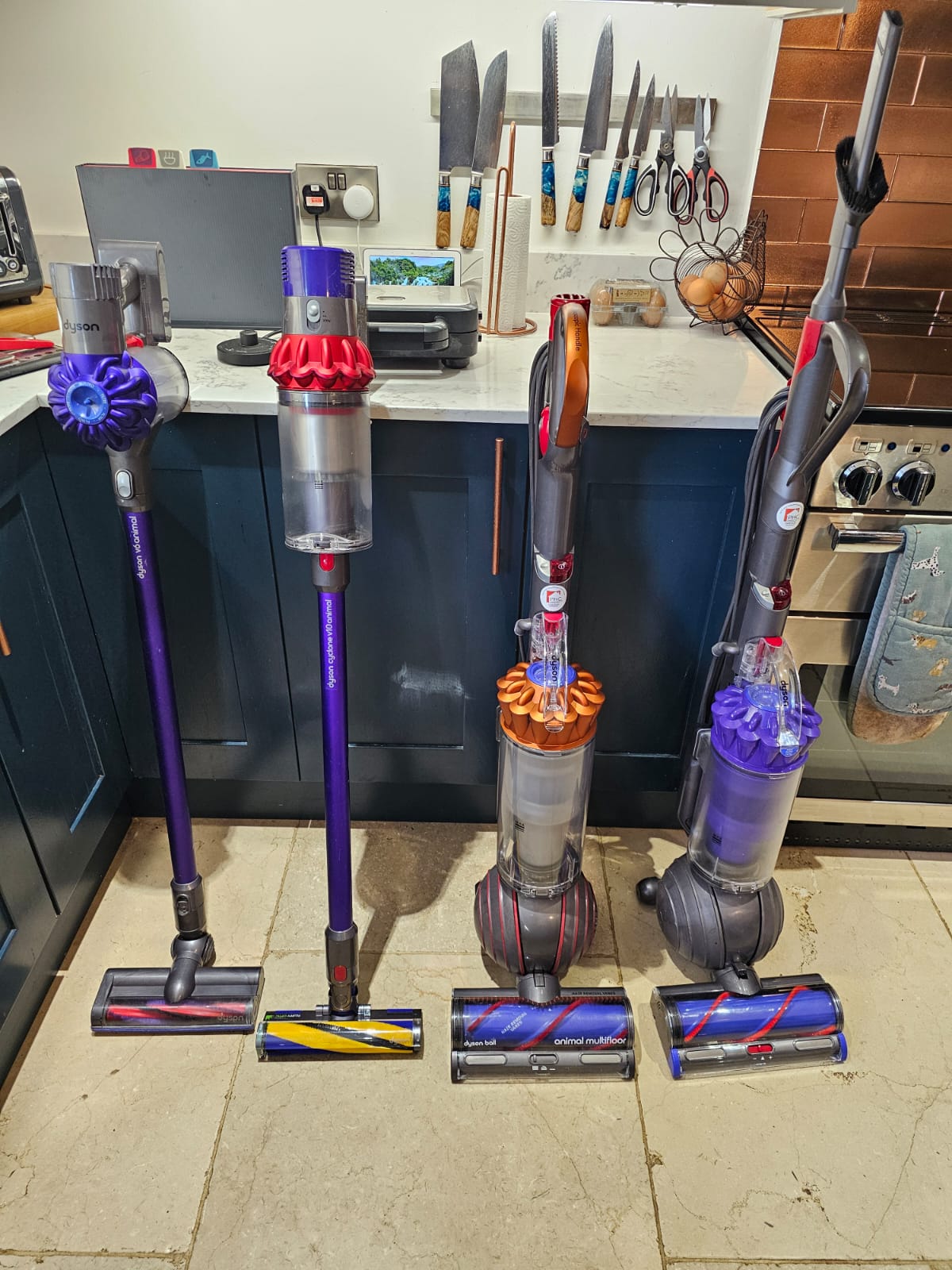Hardwood floors look trendy and offer elegance to any space, but they need something extra to preserve the beauty – proper maintenance and management. Regular vacuuming is one of the easiest ways of keeping wooden floors clean and well-maintained. Using a vacuum, however, comes with special precautions.
For instance, you are advised only to employ a vacuum designed for hardwood floors. The vacuum should have adequate suction to collect all dirt particles. It should also be lightweight to avoid scratching the surfaces of the finish.
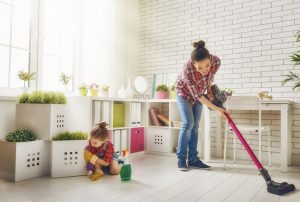
Which Vacuum Cleaner Should You Use?
When purchasing a vacuum cleaner for your hardwood floor, the first thing you need to focus on is the type. Many buyers are often torn between the canister and upright vacuums. Both have their pros and cons, so it is up to you to decide. However, the best choice would be a canister vacuum because it is light, meaning that it is easy to manoeuvre without damaging the finish.
The canister vacuum body has all mechanical parts, including filters, dust canister and the engine. It can be strapped on the shoulder or wheeled. These vacuums come in separate parts, making it possible to increase power and collect debris. They also have padded heads, making them gentle on the floor.
Upright vacuums, on the other hand, are powerful, light and versatile. Like the canister vacuums, they also have excellent filtration systems. When it comes to the concern of scratched floors, upright vacuums are not the best, particularly because they are designed for deep cleaning. They have stiff bristles that are designed to penetrate soft surfaces to suck the dirt out. Some, however, such as the Dyson V6 are built with the hardwood floor in mind. If you have different floor types in your house, you could consider selecting one of these.
Factors to Keep in Mind when Selecting your Vacuum
The most crucial factor to remember when purchasing a vacuum cleaner for your hardwood floor is its effectiveness. Ensure that it does not damage your floor. Most vacuums are packed with suction control settings, allowing you to adjust to a level comfortable for your floor.
Keep Off Rolling Brushes
Hardwood floors should not be cleaned using rolling brushes. Rolling brushes are primarily designed for carpets, to lift debris and dirt. For hardwood floors, such a brush can only scratch the surface and leave it damaged. If you have to purchase one with rolling brushes, be sure that it can be switched off when cleaning hardwood floors.
Low Height
When vacuuming hardwood floors, the height of the vacuum matters. Most dual-use vacuums are created with soft flooring in mind and are, therefore, a little high. On hardwood floors, however, the vacuums will be too high to collect the tiny debris. Consider adjustable vacuums or those with a low height. Alternatively, if you find a high-level vacuum, a powerful suction should compensate for it.
Padding
For your hardwood floor, the vacuum should have padding to soften hard edges that could damage the wood. Consider a vacuum with enough padding. A vacuum with rubber underneath creates a barrier between the floor and the hard surfaces. The wheels should not be made of metal or plastic, which could potentially mar your floor.
Suction
For soft surfaces, you want to avoid vacuums with suctions that trap the fabric. With hardwood, however, powerful suctions are ideal. Some hardwood surfaces trap debris and dirt, which can be difficult to remove without a powerful suction. If you have combined floors, you can still find adjustable vacuums on the market.
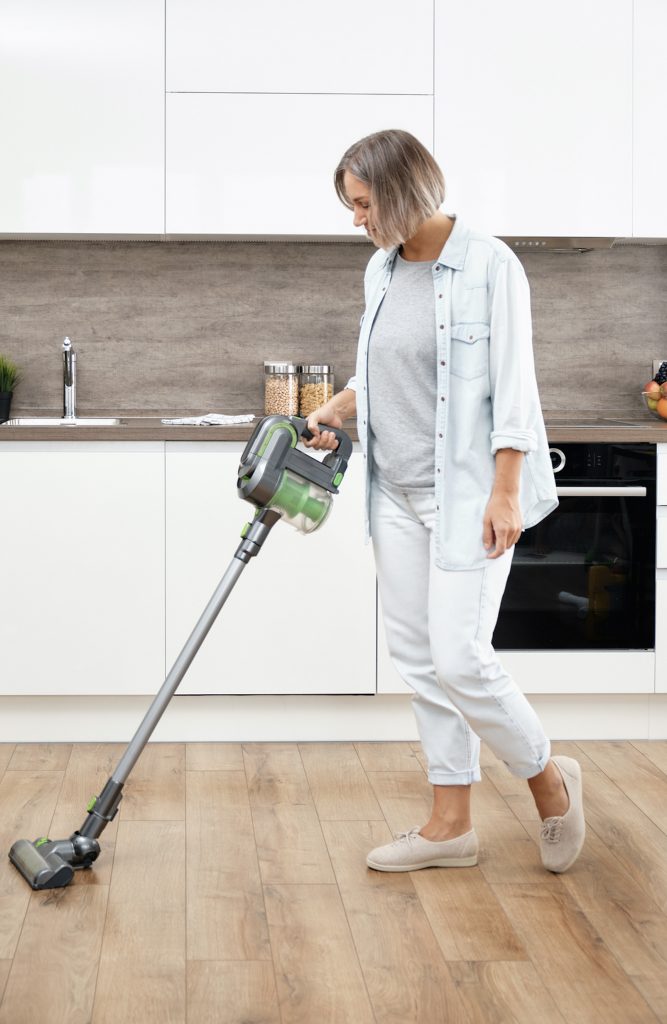
Keep Your Floors Looking New for Decades
Hardwood floors need daily vacuuming to maintain their lustre. It cannot be compared with sweeping because brooms only leave dirt to settle in crannies and nooks. A vacuum with an excellent exhaust air filter sucks all the dirt from the floor and the air around. At least once a week, you could mop to add moisture to the floor for extra shine. The cleaning solution used must be designed for wood flooring.
Some hardwood floors have a wax finish while others are finished with polyurethane, meaning standard cleaners could leave them damaged. Before cleaning, check with your installer to find out the type of floor you are dealing with and the best cleanser to use. It is also advisable to cover the feet of your furniture with rubber, avoid excess water or the use of steam mops and use mats and rugs in high traffic areas.
With proper maintenance and regular vacuuming with a high-quality vacuum, your hardwood floor can last many years. Protect your vacuum cleaner by emptying the bag frequently, keeping the filter clean and collecting large items by hand. When using a wet vacuum on your hardwood floor, ensure that every substance is 100 per cent chemically safe.

